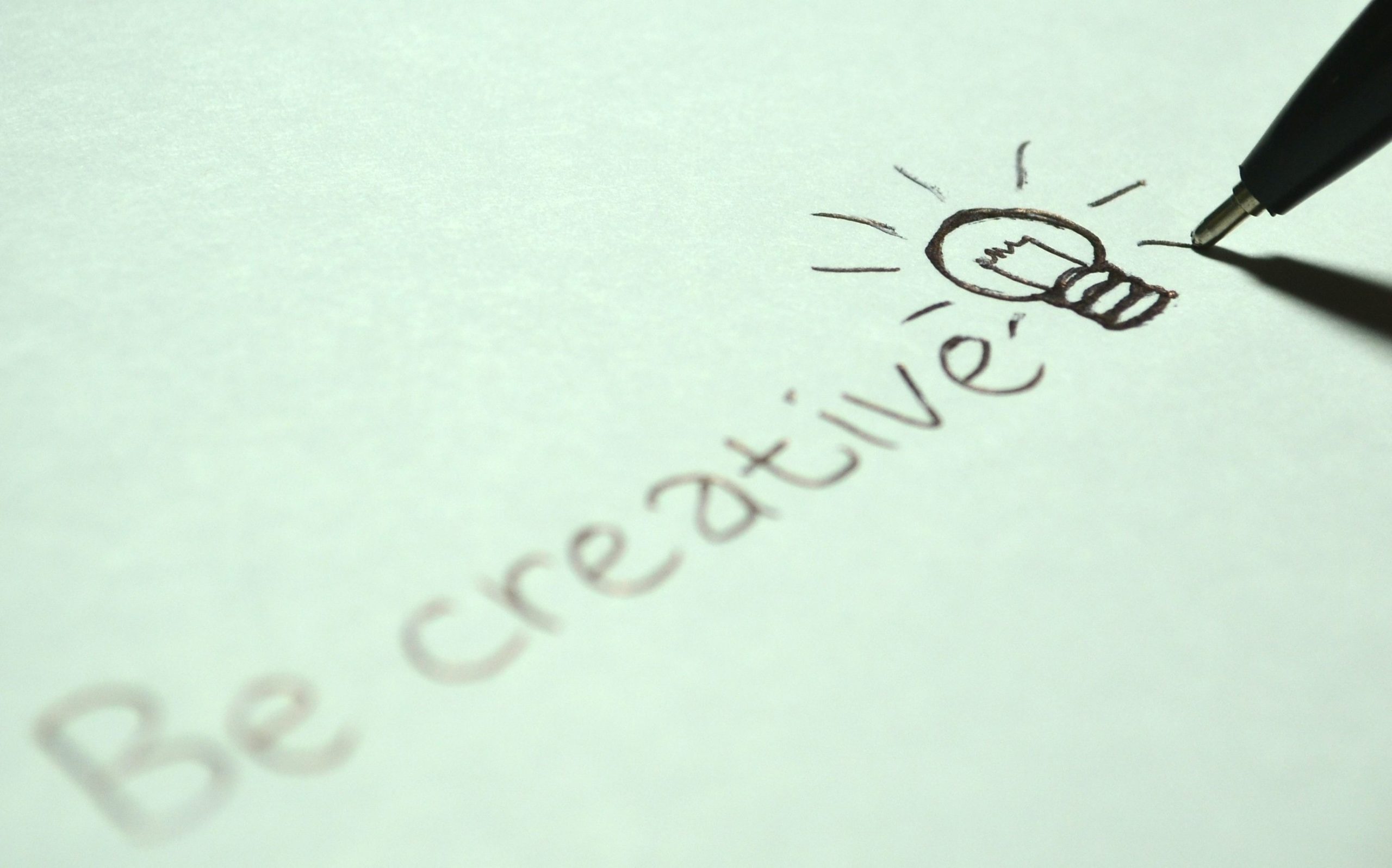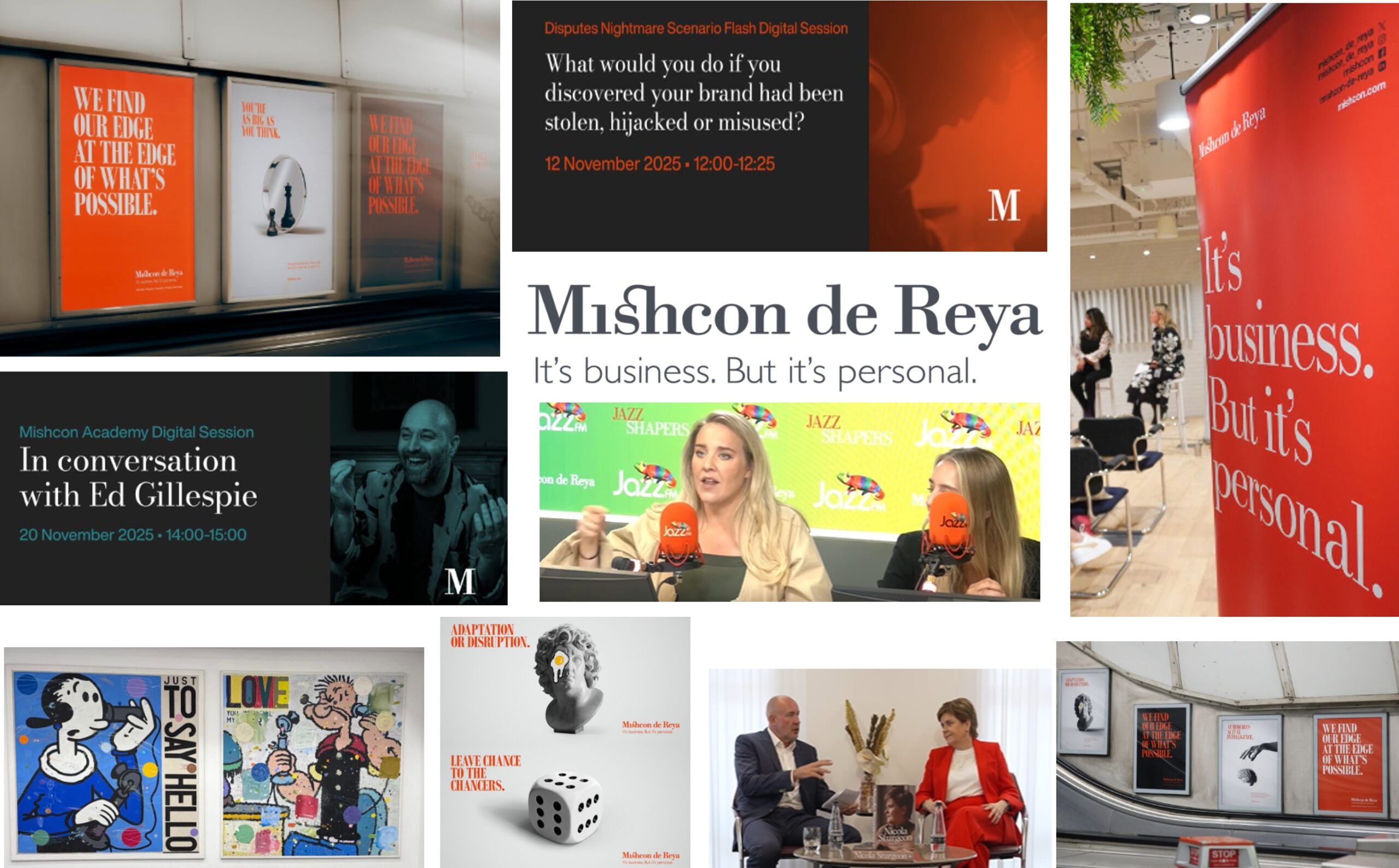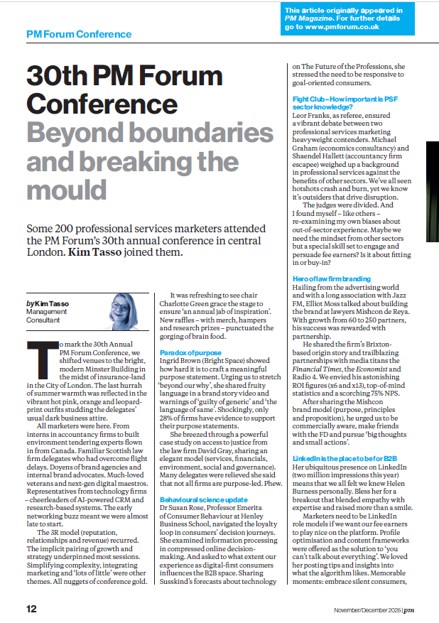
Creativity is crucial for marketing and innovation and a while back I produced a series of introductory articles on creativity. In recent workshops we have explored the use of creativity techniques to resolve client service issues, co-create solutions and improve client relationships. This article reviews a few simple creativity techniques that have been successfully used in this area: From consternation to collaboration: Using creativity to turn problems into opportunities in client service. Further creativity techniques are explored at a workshop on “Boosting problem-solving, creativity and innovation skills” at the PM Forum.
Critical thinking and problem-solving processes
Critical thinking is a process with a number of stages. Typically these involve: Identify the problem, think and reason, analyse, evaluate, solve problems, make decisions and implement solution.
This article Critical Thinking and Problem Solving – Some tips (kimtasso.com) elaborates further on the main stages on the problem-solving process. I prefer the process proposed by Grundy as it places more emphasis on pre-problem solving (anticipating issues) and problem definition and analysis:
- Pre-problem solving
- Problem definition and analysis
- Generating ideas
- Evaluating and selecting ideas
- Implementation
Pre-Problem solving
I believe that investing time at the outset – anticipating difficulties, taking early action, bringing things into the open, exploring the problem, seeing issues from different perspectives and even reframing the issue – leads to better outcomes.
In terms of pre-problem solving, it means that those serving clients should be intuitive and extra vigilant for signs that something is amiss. Too often people ignore initial indicators – either they are too busy to notice or hope that things will resolve themselves. They rarely do. Be an ostrich-free zone.
So deploy “Temperature taking” activities – when communicating in person, on the phone or through emails – to pick up on early warnings of client service or relationship issues. For example:
- Passive
- Read between the lines – consider what is not stated explicitly
- Pick up on the tone of communications
- Notice the avoidance of eye contact, longer pauses or reduced interaction
- Spot changes in response time or length of replies
- Note when interactions are cooler or less easy
- Watch for a surprising lack of enthusiasm or energy
- Active
- Check that the client feels things are moving in the right direction
- Invite suggestions to improve the work, process or relationship
- Ask how they feel things are going
- Initiate a quick review of the work aims and objectives
- Organise regular (informal) reviews of client satisfaction
Your ability to ask the right questions in the right way will be of paramount importance at this stage. It’s worth remembering: “Don’t listen to the person who has the answers; listen to the person who has the question” Albert Einstein.
The quality of the solution will depend, of course, on the correct identification of the problem. This is why it is worth investing in a comprehensive analysis of the issues – and their possible causes – rather than jumping to conclusions. Sometimes, people focus on the superficial or presenting issues without exploring the underlying or alternative causes. Similarly, some people react to outputs rather than considering the inputs. So many techniques are designed to increase divergent thinking before deploying convergent thinking to develop solutions.
So it is worth spending a few minutes considering whether you have correctly identified the issue.
Problem definition and analysis
Before launching into problem analysis, it is worth checking that you are in the right frame of mind. Is there really a problem or are you imagining things? Emotional contagion might be to blame.
Also be aware of cognitive biases which may skew your thinking. Particularly relevant in client services are: pessimism bias, spotlight bias, confirmation bias, status quo bias and the planning fallacy. There is more about bias in section 4 of this article: Changing behaviour in the workplace to boost productivity – psychology (kimtasso.com)
Furthermore, if you are stressed you may have activated your fight, flight, freeze or fawn stress response. And this can alter the way you interpret the emotions and reactions of others. So use techniques to regulate your emotions – give yourself time to think and slow down your breathing. Your natural instinct when faced with anger is to speak quickly, defend yourself, blame others, say No and focus on what can’t be done. You need to consciously adopt different behaviours.
Problems can be the result of many things. I have a simple 6Ps™ model to help you explore and classify client service issues at the outset. Sometimes, there are more than one issue in play:
- Personality
- Perception
- Promises (expectations)
- Process
- Priorities
- Product (results)
Technique: Goal orientation (Rickards)
- Write down a general description of the problem, being sure to include all pertinent information
- Ask:
- What do I want to accomplish (needs)?
- What assumptions have I made?
- What information do I need?
- What is preventing me from getting what I want (obstacles)?
- What restrictions must I accept to solve the problem (constraints)?
- Using these questions as guidelines, write down possible redefinitions of the original problem statement
Technique: Five Ws and H (Osborn-Parnes)
- State the problem using the format: “In what ways might…(IWWM…?)”
- Write down separate lists of:
-
- Who?
- What?
- Where?
- When?
- Why?
- How?
- 3. Write down any redefinitions suggested
- Select one redefinition that best captures the problem you are trying to resolve
In Critical Thinking and Problem Solving – Some tips (kimtasso.com) further simple problem-solving approaches such as 3D (Define, Describe, Develop) and SCORE (Symptoms, Causes, Outcomes, Resources, Effects) are described.
Generate ideas
Once you have analysed the problem, possibly reframed it and formed a hypothesis of the cause of problem you can start to generate ideas.
Brainstorming in a favourite option (see Creativity 3 – Update on brainstorming techniques – Kim Tasso) to crowd-source ideas and these techniques can boost their effectiveness. However, it is important to create the right environment for idea generation – you might consider material on psychological safety and the work of Nancy Kline on creating thinking environment – see How to facilitate groups – 2 (Herding cats in professional services) (kimtasso.com). Sometimes, people use relaxation and visualisation exercises to help participants get into the right (open, playful and creative state of mind).
Here are a few simple, popular techniques – but there are literally hundreds. In the workshops, we always tackle tailored scenarios and worked examples to assess the insights gained from their application.
Technique: Analogies and Metaphors
Analogy is where you compare two different things to highlight some form of similarity. For example, This client is like a ship in stormy seas without a captain
Metaphor refers to something to suggest a similarity – A comparison between unlike things without the use of “like” or “as”. For example, This client is a factory without any raw materials
Technique: Superheroes
- Draw a picture of your favourite superhero and describe their super-powers.
- Explain how your superhero would tackle your problem
- Work with others to see how your superhero’s powers could combine to tackle the problem
- Look to see what elements of the solutions could be achieved without superhero powers
- Summarise the best/most feasible ideas
Technique: Storyboard
- Define the problem
- Devise a simple picture that describes the problem
- Write a storyboard (no more than nine frames) which shows how the problem gets to be fixed
- Compare storyboards and select the best ideas
Technique: Forced Association
- Choose three trigger images (I usually supply a selection of disparate images or objects including an onion, tap, duck, parrot, rose, ship, hat, hedgehog, umbrella, nut, shoe)
- Prepare three columns with the chosen trigger image at top of each
- Ask group members to call out the first word that comes to their minds when they think of the trigger image. Fill each column with these “free associations”
- Ask group members to describe solutions to the problem which use at least one word from each of the three columns
- Write solutions on a separate sheet – don’t worry that they might appear totally ridiculous
- Review the solutions list and brainstorm concrete solutions
Technique: De Bono’s thinking hats
Use each thinking hat to take a different perspective on the issue:
- White – Interrogate the facts and figures to separate them from beliefs
- Red – Explore feelings, emotions and intuition – both positive and negative
- Black – Use judgement and caution – does the idea fit past experience?
- Yellow – Speculate – ask “What if?”
- Green – Think laterally – consider wild alternatives
- Blue – Overview the process – bring focus and control
Technique: Players and Perspectives
Produce a table and consider all the actions that might be taken to improve the situation:
- Our team
- Others in the firm
- The client team
- Others at the client organisation
- External experts
An alternative to this approach is to select a range of different perspectives from which to consider the situation. My favourites here include: journalist, lawyer, criminal, politician and competitor.
Technique: James Webb Young’s Five step (states of mind) technique
- Research what you already know
- Combine old elements of your problem
- Know both the product and the client
- Digest the information
- Create a deck of cards (or stickies) with a single statement on each
- Allow new ideas to “bed in”
- Drop it!
- Walk away, gestate and let your subconscious work on it
- Use techniques to see different perspectives or reframe the issue (e.g. how would someone else define the problem)
- Wait for an idea to come
- Reassess your idea
I am an advocate of the idea of taking an excursion – a break from thinking about a problem – to allow your mind to work on the problem subconsciously. Most people talk about the need to sleep on a problem – the use of relaxed concentration. I remember organising a trip to a theme park as an excursion for a group of MBA students – when they returned to the problem they came up with an award-winning solution!
Technique – Wizard
Look at the situation or problem and produce a table showing how by enlarging, reducing, eliminating or reversing different factors might provide insight into solutions.
The SCAMPER technique (Bob Eberle) is an extension of this and is often used to change an existing product or service: Substitute, Combine, Adapt, Modify, Put, Eliminate, Reverse. Others have added magnify and rearrange.
A similar approach can be found in innovation in marketing (see Innovation in Marketing (kimtasso.com)) where there is a model called the Four Actions Framework which breaks the trade-off between differentiation and low cost. In doing so, the framework poses four key questions:
- Raise – what factors should be raised well above the industry’s standard?
- Eliminate – which factors that the industry has long competed on should be eliminated?
- Reduce – which factors should be reduced well below the industry’s standard?
- Create – which factors should be created that the industry has never offered?
In the Professional services leadership handbook – Book review (kimtasso.com) there is a framework for co-creating with clients:
- People – Put your best people on the case
- Research – The client, market, plans and opportunities
- Shortlist – Generate ideas and choose the best and discuss with the client
- Risk – Assess the risks and rewards
- Business case – Agree investment with firm and client
There’s further information on client service management:
Managing client service in surveying and property partnerships – Kim Tasso
Managing client complaints – Process, anger and apologies (kimtasso.com)
Other creativity and problem-solving articles
Creativity 1: Seven steps to become more creative – Kim Tasso
Creativity and personality profiling (kimtasso.com) Creativity 2
Creativity 3 – Update on brainstorming techniques – Kim Tasso
Enhancing creativity using Leonardo da Vinci’s seven steps (kimtasso.com) Creativity 4
Creativity 5 – Books on creativity – Kim Tasso
Creativity 6 – Doodling is good – Kim Tasso
Creativity and good and bad stress – Kim Tasso Creativity 7
The psychology of creativity – Kim Tasso
Creativity – the experts’ view – Kim Tasso
The Human Edge – How curiosity and creativity are your superpowers (kimtasso.com)
Strategy development insights – curiosity culture and change (kimtasso.com)
Change management and creativity – the adaptive third (kimtasso.com)
Project vs campaign management (kimtasso.com)
Professional Marketing Forum conference September 2019 (kimtasso.com)
Critical Thinking and Problem Solving – Some tips (kimtasso.com)
Creative competencies – Kim Tasso Dr Robert Epstein
Cambridge Marketing College on soft skills for marketing professionals (kimtasso.com)









